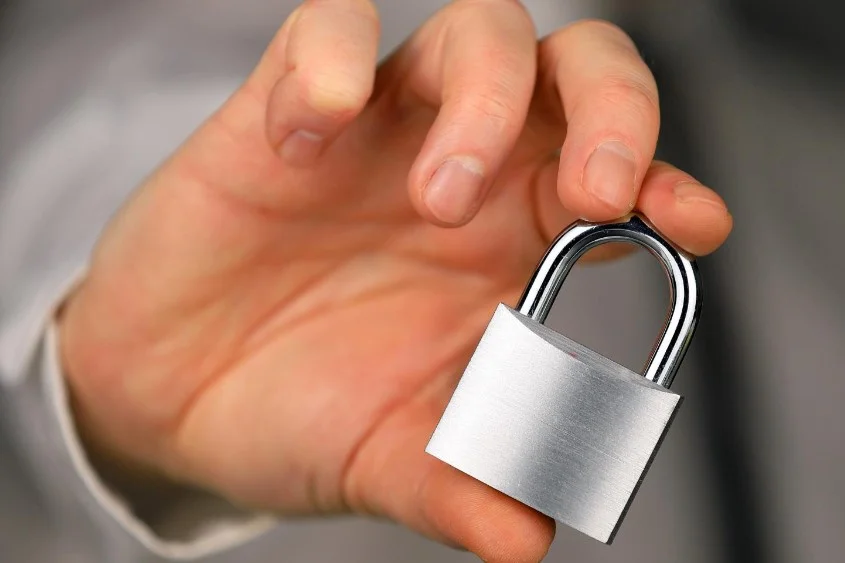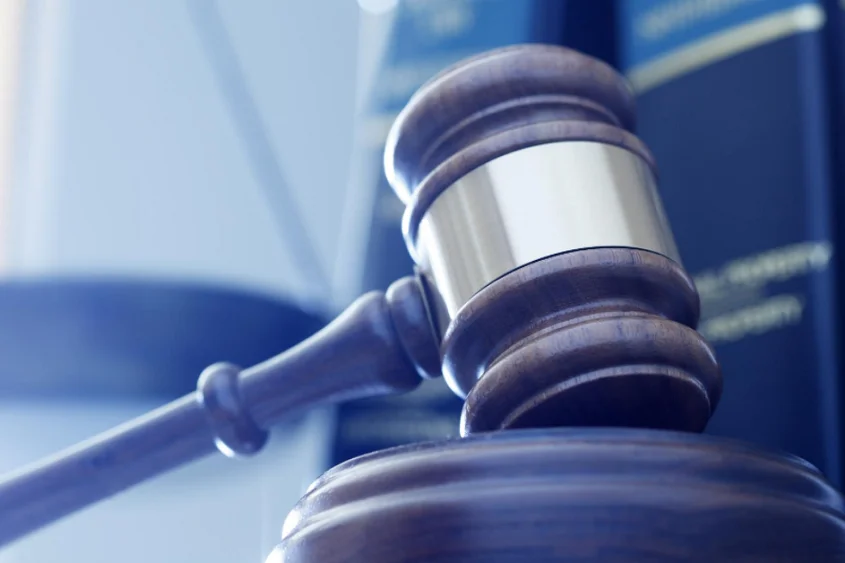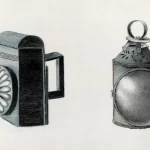Patent Litigation 101: Preparing for Legal Challenges and Defenses
- August 8, 2023
- By Sarita Thomas
- Read 4 minutes
Patent litigation can be a daunting legal process for innovators and startups. Understanding the importance of preparation, common legal challenges, and effective defense strategies is crucial to protect your intellectual property. Read on to equip yourself with the knowledge needed to navigate patent disputes successfully.
Patent litigation is a complex legal process that involves resolving disputes related to patents. When patent holder believes their intellectual property rights have been infringed upon, they may choose to take legal action to protect their interests. On the other hand, defendants facing patent infringement claims must mount a robust defense to avoid potentially damaging consequences. This article provides insights into key aspects of patent litigation, including strategies for preparation, potential legal challenges, and effective defense mechanisms. It aims to equip innovators and startups with the knowledge they need to navigate patent litigation successfully.
Understanding the Importance of Preparation
In patent litigation, careful and thorough preparation is vital. Without adequate preparation, parties risk losing valuable resources and facing unfavorable outcomes. Preparation can involve various stages and considerations:
Conducting Prior Art Searches
Prior art searches are fundamental to determine the novelty and non-obviousness of the patented invention. By analyzing existing patents and literature, parties can gauge the strength of their case and potential areas of vulnerability. According to a study conducted by IPWatchdog, in 2022, 63% of patent litigations included prior art as part of the evidence.
Patent Claim Analysis
Analyzing patent claims is crucial for both plaintiffs and defendants. Plaintiffs must ensure their claims are clear and specific, leaving no room for ambiguity. On the other hand, defendants must carefully dissect the claims to identify any weaknesses or potential non-infringement arguments.
Gathering Evidences
Robust evidentiary support is vital in patent litigation. Both parties should collect and preserve relevant documents, technical data, and expert testimonies to strengthen their case. Effective use of evidence can significantly influence the court’s decision. According to a report by the American Intellectual Property Law Association (AIPLA), in 2021, 89% of patent litigations relied on expert witnesses for technical analysis.
Common Legal Challenges in Patent Litigation
Invalidity Challenges
A common defense in patent litigation is to challenge the validity of the asserted patent. Defendants can argue that the patent is invalid due to prior art, lack of novelty, obviousness, or inadequate written description, among other reasons. According to the United States Patent and Trademark Office (USPTO) data, in 2020, the number of issued patents invalidated in post-grant proceedings was 1,123.
Non-Infringement Defenses
Defendants often claim that their products or processes do not infringe on the plaintiff’s patent. To succeed with a non-infringement defense, defendants must demonstrate that their product or process does not meet all elements of the patent claims. Proving non-infringement can require expert analyses and detailed technical comparisons.
Procedural Defenses
Various procedural defenses can be raised during patent litigation. For instance, defendants may argue that the plaintiff’s complaint fails to state a claim upon which relief can be granted, or they may challenge jurisdiction and venue. These defenses seek to dismiss the case before delving into the merits.
Patent Exhaustion and Licensing Defenses
The doctrine of patent exhaustion may be invoked by defendants to argue that the patent holder’s rights are exhausted after the first authorized sale of the patented product. Additionally, defendants can assert that they have acquired a license or permission from the patent holder to use the patented technology.
Defensive Strategies for Patent Litigation
Prior Art Defense
Defendants can employ the prior art defense by presenting evidence of existing technology or knowledge that predates the patent’s filing date. The goal is to prove that the patented invention is not novel or non-obvious based on prior art.
Non-Infringement Defense
To succeed with a non-infringement defense, defendants must analyze the patent claims thoroughly and demonstrate that their product or process falls outside the scope of the claims. This defense often involves technical analyses and expert witnesses.
Patent Invalidity Counterclaims
In response to a patent infringement lawsuit, defendants can assert counterclaims seeking to invalidate the patent. If successful, these counterclaims can result in the cancellation of the patent, rendering the infringement allegations moot.
Licensing and Cross-Licensing
Defendants may explore licensing agreements to obtain the rights to use the patented technology legally. Cross-licensing, wherein both parties exchange licenses, can be a mutually beneficial arrangement that avoids protracted litigation.
Alternative Dispute Resolution (ADR) Options
Resolving patent disputes through litigation can be costly and time-consuming. In recent years, Alternative Dispute Resolution (ADR) methods have gained popularity as a more efficient and cost-effective alternative. Some common ADR methods include:
Mediation: A neutral third party assists the parties in reaching a mutually acceptable resolution.
Arbitration: A neutral arbitrator, or a panel of arbitrators, hears the evidence and makes a binding decision.
Patent Mediation and Arbitration Center: Some jurisdictions have specialized centers for patent-related disputes that offer expert mediators and arbitrators with technical expertise.
The Role of Experts in Patent Litigation
Expert witnesses play a critical role in patent litigation. Their technical knowledge and analysis can sway the court’s decision. Parties should select their expert witnesses carefully and ensure their testimony aligns with the evidentiary support presented.
Navigating patent litigation requires meticulous preparation, a solid understanding of potential legal challenges, and effective defense strategies. By conducting prior art searches, analyzing patent claims, and gathering strong evidence, parties can bolster their case and improve their chances of success. Moreover, exploring alternative dispute resolution options can help save valuable time and resources. Engaging qualified experts can significantly influence the outcome of the litigation. Understanding the intricacies of patent litigation is essential for innovators and startups seeking to protect their intellectual property and secure their competitive advantage.
Sarita Thomas
Latest Blogs
Blog Categories
- Intellectual Property (IP) Strategy (84)
- Intellectual Property Asset Management (IPAM) (17)
- IP Monetization (4)
- IP News (7)
- Patent Drafting (2)
- Patent Litigation (6)
- Patent Prosecution (8)
- Patenting (18)









No comment yet, add your voice below!